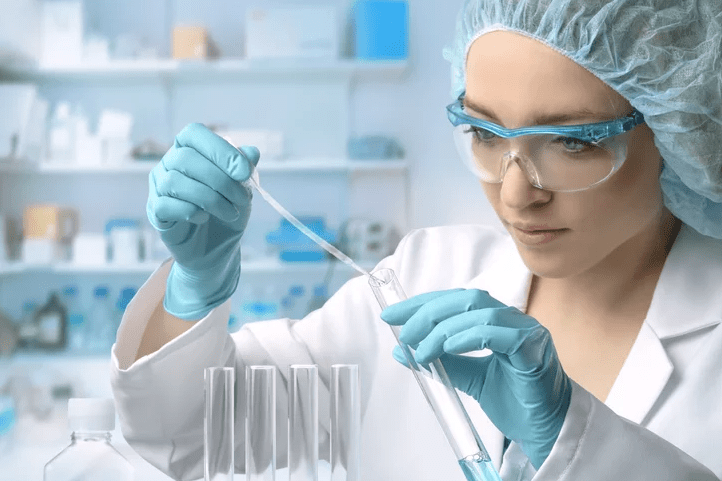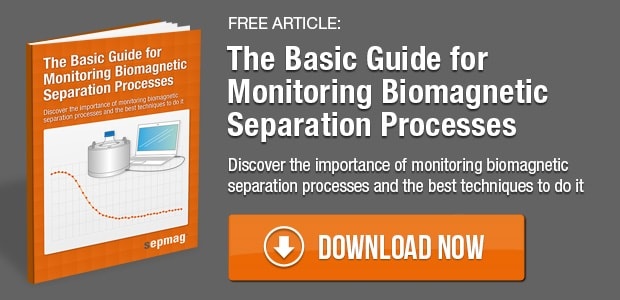Regulation of the pharmaceutical development process is important to ensure that drug products are consistently safe and effective. There are written guidelines for pharmaceutical validation, which ensure that drug compounds are handled and tested properly. There are also separate guidelines for the bioanalytical methods used in the development and testing of new drug compounds. The goal is to standardize and improve the consistency of pharmaceutical studies and that data that are used for drug approval. Examples of analytical methods include ligand binding assays and chromatographic methods (liquid chromatography, gas chromatography, and mass spectrometry). Both the FDA (U.S. Food and Drug Administration) and EMA (European Medicines Agency) regularly update their bioanalytical method validation guidelines, but their focuses are slightly different. The FDA outlines reporting guidelines in more detail, while the EMA focuses more closely on the conduction of experiments. The validation guidelines are unified under ICH (International Council for Harmonisation of Technical requirements for pharmaceuticals for human use).
Specific topics addressed by the ICH for bioanalytical method validation
Method development and validation
Method development involves optimizing the procedures and conditions for extracting and detecting the drug sample or analyte. This includes careful consideration of reference standards, critical reagents, the calibration curve, quality control samples, selectivity and specificity, sensitivity, accuracy, precision, recovery, stability of the analyte in the matrix, and minimum required dilution. All of these parameters need to be reported in detail and validated for more than one drug during and after they are established.
Selectivity is the ability of the analytical method to measure the analyte even in the presence of other contaminating substances. This is evaluated by carefully measuring blank samples that contain the matrix, but not the target analyte. Specificity is the ability of the analytical method to detect only the target analyte and not other structurally similar analytes. This is evaluated by testing the analytical method against isomers of the target analyte. Quality control samples are useful for method validation because they contain a known amount and type of analyte. By regularly using a particular bioanalytical method to measure the quality control sample and comparing the results to the known parameters one can get a sense of the accuracy and reliability of the bioanalytical method. It is critical that accurate dilutions are performed by skilled workers throughout the process and that all reagents are stored properly to ensure full efficacy.
Bioanalytical methods addressed by the ICH guidelines
- ligand binding assays: Due to batch-to-batch variation it is critical that calibration curves, quality control samples, and binding reagents all be prepared from the same batch. All reagents used need to be well-documented
- chromatography: It is important that the reference standard be well-characterized by a reputable source, known to be pure, and identical to the analyte.
Regular validation procedures are important throughout the drug development process in order to ensure that pharmaceutical products are consistently effective. The consistency of a drug’s performance is only as good as the bioanalytical method used to validate it. It is important to keep a close eye on every step of the development process so that our drugs actually perform the way that they are marketed to perform.
Related news
- How to use a sonicator with magnetic beads
- Antibody validation
- Macs cell sorting: technology and advantagest





